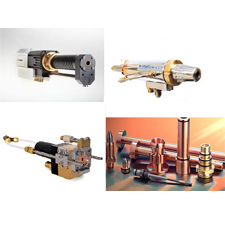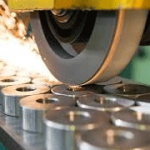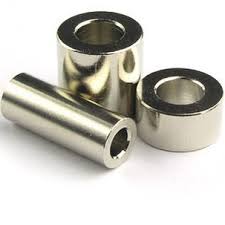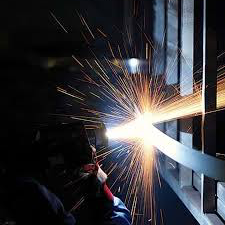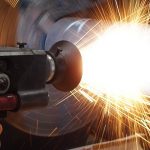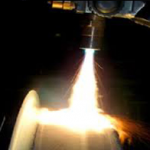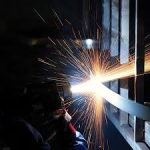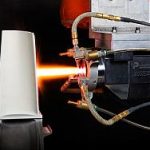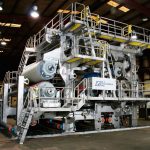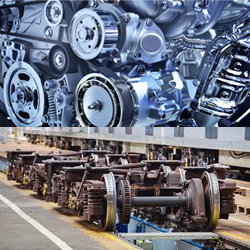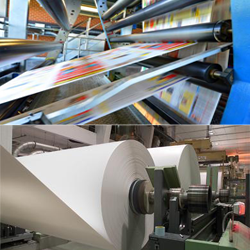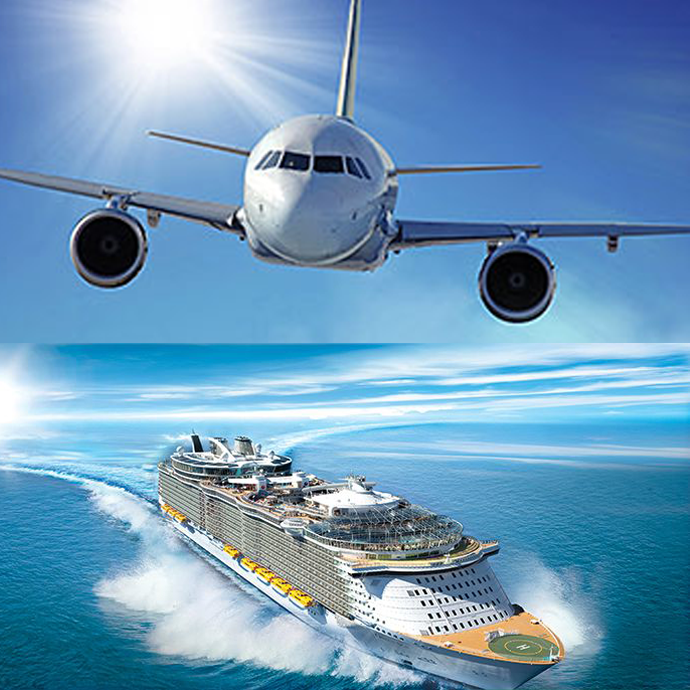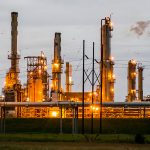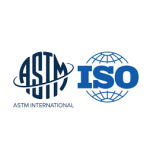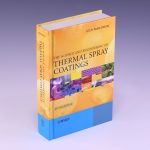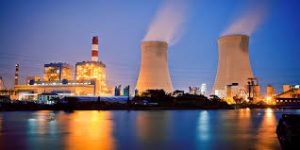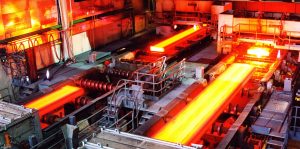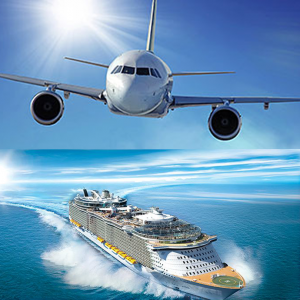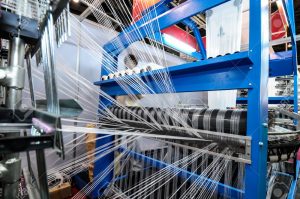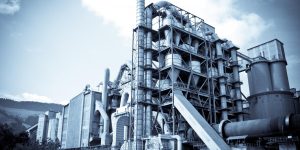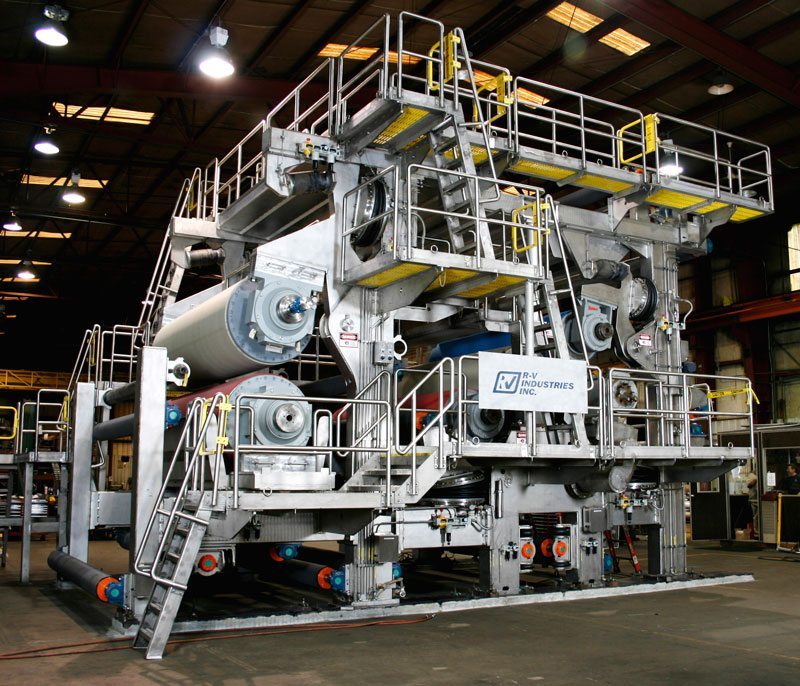Energy & Power
Energy and Power
The growth of the power and energy industry in recent years has been meteoric, and a significant amount of emphasis has been placed on the generation, conversion and distribution of clean and renewable energy.
Today’s turbine engines are designed around the use of high-performance materials that rely heavily on thermal sprayed coatings to increase life span and operation efficiency. The engine materials range from aluminum alloys, cast iron, high-strength steels, stainless steels, nickel-base alloys, and superalloys to single-crystal materials.
For the past 20 years, Poudrafshan Company has been supporting the power and energy industry with its unique and systemically evolved coating solutions.
The coating can be applied onto newly manufactured or overhauled bearing journals, bearing seals, stub shaft journals, labyrinth seals, blades, nozzles, tip seals, inlets and exhausts, and housings.
In general, the use of thermal spray coatings in power and energy industry follows different targets and benefits which can be classified as below:
- Wear Resistance
A wide array of solid-surface mechanical interaction mechanisms occurs in turbine systems, causing wear processes such as abrasion, erosion, fretting, and galling. The wear effect in many areas is enhanced by the synergistic effect of low- or high-temperature oxidation and corrosion. - Oxidation and Corrosion Resistance
Turbines can be located in harsh, corrosive environments, including high-temperature deserts, offshore platforms, and humid rural and city areas. The whole unit is exposed to environmental weathering. The exterior is usually protected with paints. Aluminum and zinc-based paints are used for oxidation and corrosion resistance. The compressor section is exposed to the suction air, which could carry excessive amounts of moisture and chlorides, depending on the location of the unit. The turbine is operated with a wide range of fuels, from clean gases to low-grade fuels containing sulfur and vanadium. To provide corrosion and oxidation resistance, nickel- and/or cobalt-base alloyed coatings are used.
The MCrAlY coatings offer superior properties than can meet the qualification needed in turbines. Often, the MCrAlY coatings are post-heat treated to increase bond strength via a diffusion bonding mechanism, which improves the performance of the coating significantly. Oxidation and corrosion-resistant coatings are applied on air inlets, combustor liners, injectors, turbine tip shoes and nozzles, and exhausts.
- Abradables and Seals
To maintain tight blade-tip clearances, it is necessary to apply abradable coating materials to the engine turbine shrouds and compressor case. Clearances between industrial gas turbine rotating systems (blades) and static components in the compressor and turbine sections of the engine have strong impact on the efficiency and fuel consumption of the gas turbine. Additionally, the abradable coating offers wear protection to the shroud material and rubbing blades. Turbine seals are designed to accommodate highspeed blade-tip rubs induced during engine start-up and, to a lesser extent, at steady-state operating conditions
- Thermal Barrier Coatings
Plasma spray TBCs are of great use in the hot section of turbines, such as the combustor liner (cans), transition ring, splash plate, and fuel injector. These coatings help to increase thermal efficiency and reduce exposure temperature, thereby extending component life and generally mitigating oxidation and corrosion.
In general, the bond coat must offer high-temperature protection to oxidants and contaminants that might infiltrate through the ceramic coating to the bond coating.
- Buildup and Repair Coatings
Sometimes, it is necessary to build up a worn, damaged, or mismachined component. The coating thickness required may vary between 0.075 and 2.54 mm (0.003 and 0.100 in.) and usually needs finishing to correct dimensional tolerances and to comply with surface smoothness requirements. The rule of thumb is to use a buildup material similar to the base material. If dissimilar materials are used, the properties of the coating and part should have a similar thermal expansion and resistance to galvanic coupling.









